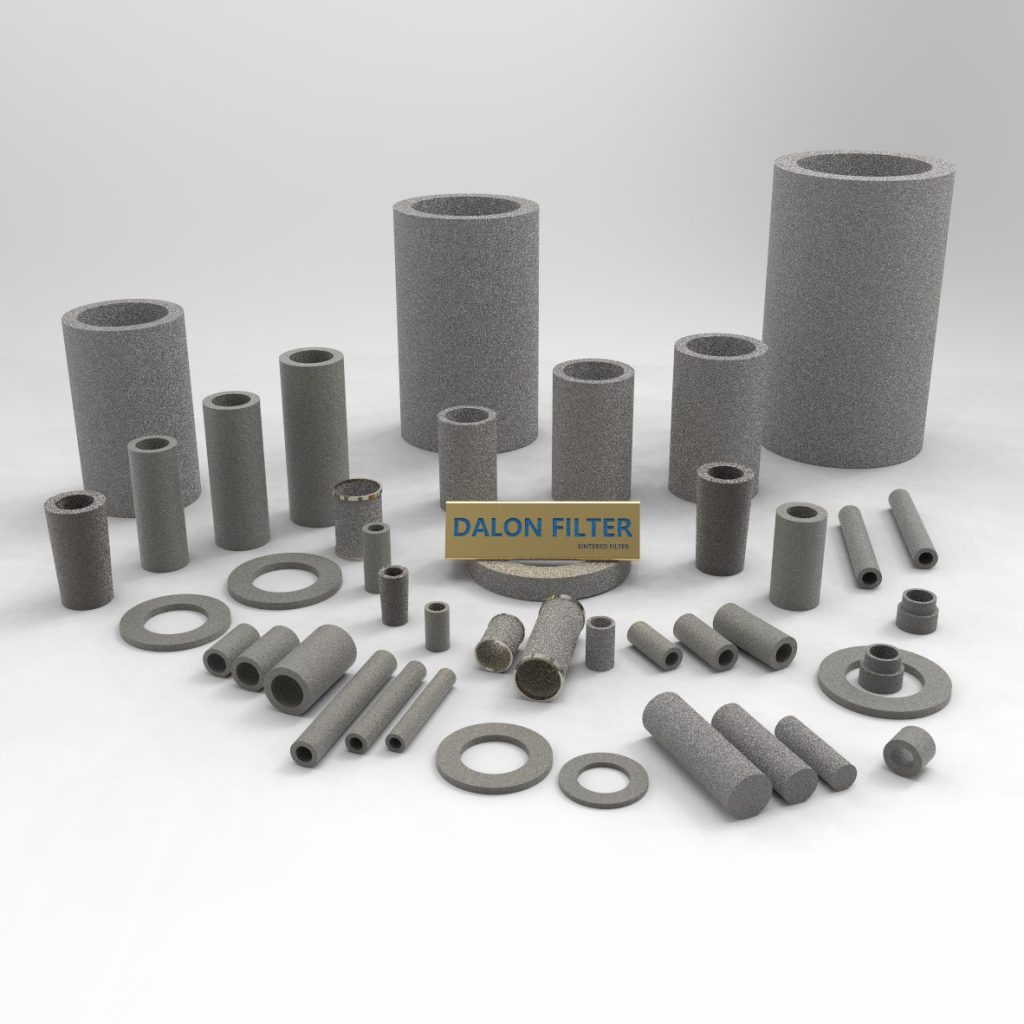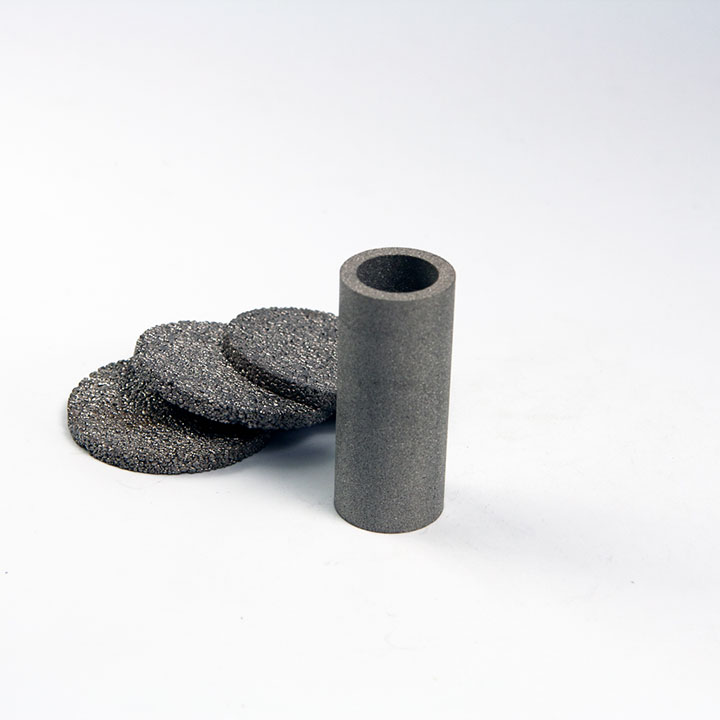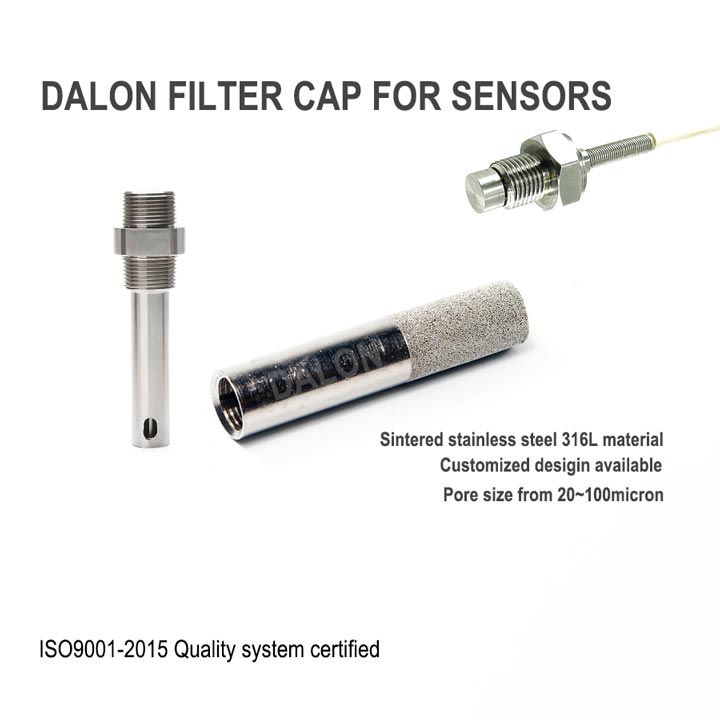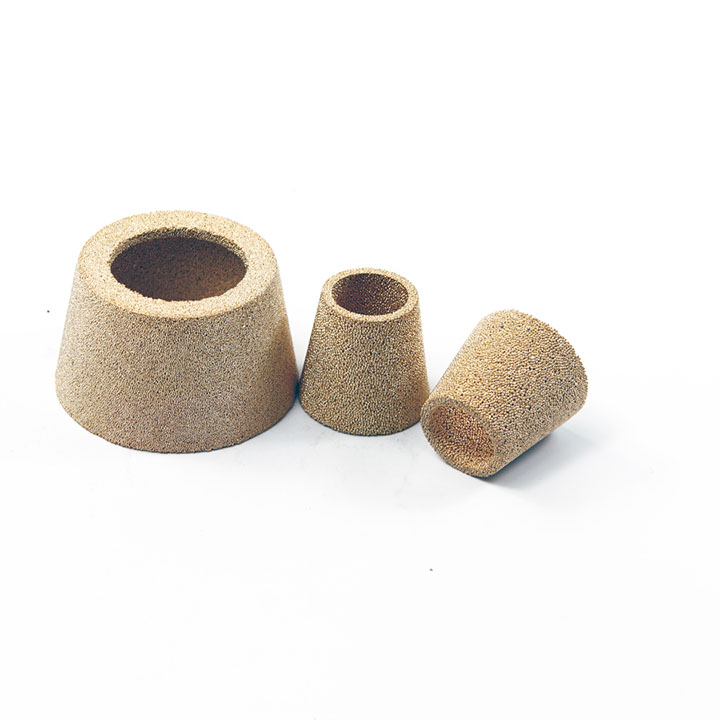Introduction: Why In-Situ Regeneration Is a Game Changer
In demanding industrial environments—whether in chemical processing, power generation, or food-grade gas filtration—filtration uptime and operational continuity are mission-critical. Traditional cleaning methods require disassembly, handling, and downtime, which translates to productivity loss, contamination risk, and maintenance costs.
Enter in-situ regeneration: a process that allows sintered metal filters to be cleaned without removal from their housing. By reversing the flow, heating the element in place, or cycling cleaning solutions through an automated process, operators can restore filter performance on-site with minimal interruption.
This guide explores the technical methods, key design considerations, and validation protocols associated with in-place regeneration of sintered stainless steel, bronze, titanium, and Inconel filters—with applications across pharmaceuticals, oil & gas, semiconductors, water treatment, and more.

What Is In-Situ Regeneration?
In-situ regeneration refers to cleaning a filter while it remains installed in its system, eliminating the need for physical removal, disassembly, or replacement. This is possible due to the structural durability and chemical compatibility of sintered metal filters, which can withstand:
- High back pressures
- Aggressive cleaning fluids
- Thermal cycling
- Ultrasonic energy
These filters are fabricated using powder metallurgy and sintering, forming a rigid, porous matrix that supports depth filtration and repeatable regeneration cycles.
Why Use In-Situ Cleaning?
Key Benefits:
- Minimized Downtime – No need to break process lines or shut down systems
- Lower Labor Costs – Reduced handling and technician time
- Extended Filter Life – Repeatable cleaning prevents premature replacements
- Safer Handling – No exposure to contaminants or high-temperature filters
- Cleaner Environments – In-place systems reduce spill risk and contamination
Ideal For:
- Systems with automated CIP (clean-in-place) lines
- Critical operations where uptime is essential
- High-temperature or high-pressure processes
- Facilities with environmental control requirements (cleanrooms, biosafety cabinets)
Method 1: Pneumatic or Hydraulic Backflushing
Overview
Backflushing is the most common in-situ regeneration method. It involves forcing a fluid or gas through the filter in the reverse direction, dislodging and expelling trapped particulates.
Process Steps:
- Isolate filter section in the pipeline.
- Inject compressed air, water, or process-compatible solvent opposite to flow direction.
- Apply short bursts of pressure (5–30 seconds).
- Repeat in cycles if needed.
Operating Parameters:
- Pressure: 3–6 bar (43–87 psi)
- Velocity: ≥ 1.5× operating flow rate
- Medium: Air, nitrogen, water, or alcohol
- Cycle Time: Every 15–60 minutes in automated systems
Applications:
- Dust removal in compressed air filtration
- Catalyst fines in chemical reactors
- Pre-filters in HVAC and gas purification
🔧 Tip: For critical systems, use dry nitrogen to prevent moisture ingress.
Method 2: Thermal Regeneration (“Bake-Out”)
Overview
In this method, filters are heated in place to burn off organic contaminants such as oils, carbonized resins, and chemical residues. This is suitable for high-temperature alloys like 316L stainless steel, Inconel, or titanium.
Process Steps:
- Isolate filter housing with thermal insulation.
- Heat gradually to 400–600°C (752–1112°F).
- Hold for 1–4 hours, depending on contaminant type.
- Cool down slowly in dry atmosphere.
Key Parameters:
- Ramp Rate: ≤ 5°C per minute
- Atmosphere: Nitrogen, argon, or dry air (avoid moisture)
- Cooling: Passive, in gas or vacuum environment
Applications:
- Engine blow-by oil removal
- Carbon residue from VOC filtration
- Burner intake filters in power plants
⚠️ Warning: Do not use open flame or uncontrolled heat sources—risk of metal fatigue.
Method 3: Clean-In-Place (CIP) Chemical Circulation
Overview
Chemical regeneration uses controlled circulation of cleaning agents (acids, alkalis, solvents) through the filter housing to dissolve fouling materials. Most common in food, pharmaceutical, and chemical industries.
Step-by-Step Protocol:
- Drain system and isolate the filter line.
- Introduce cleaning fluid at controlled flow and temperature.
- Circulate for 30–120 minutes (can be static or recirculating).
- Neutralize and rinse with DI water or ethanol until pH 7.
Suitable Chemicals:
| Contaminant | Cleaning Agent |
|---|---|
| Oils, lubricants | 5–10% NaOH |
| Oxides, scale | 10% Nitric or Citric Acid |
| Protein residue | Enzymatic detergent |
| Paints, adhesives | Isopropyl alcohol or acetone |
Safety Measures:
- Use UHP solvents for sensitive applications.
- Ensure compatibility with filter alloy (especially with HCl, chlorides).
- Confirm system valves and seals tolerate chosen chemicals.
Applications:
- Biotech and pharma gas/liquid filtration
- Beverage carbonation systems
- Resin filtration in adhesive lines
Method 4: Ultrasonic Assistance (Hybrid Regeneration)
Overview
Ultrasonic energy enhances regeneration by creating micro-cavitation bubbles, which implode and generate localized high-pressure jets that help dislodge internal fouling.
Key Parameters:
- Frequency: 25–40 kHz
- Duration: 10–60 minutes
- Solution: Water, alcohol, or acid-compatible detergent
- Temperature: Max 60°C (avoid thermal shock)
Process:
- Performed in-situ with installed ultrasonic transducers or removable ultrasonic sleeve
- Often combined with backflushing or CIP for full-pore cleaning
Applications:
- Semiconductor gas filtration
- Medical-grade gas sterilization systems
- High-purity inert gas supply lines
⚠️ Caution: Ensure resonance does not induce microcracking in brittle alloys.
Validation of Regeneration
After each cleaning cycle, filters should be tested to confirm restoration of performance and structural integrity.
Bubble Point Test
- Measures pressure required to displace liquid from largest pore.
- Indicates pore size and continuity.
- Recommended for critical gas filtration systems.
Flow Rate Test
- Compare pre- and post-regeneration pressure drop at a given flow rate.
- If ΔP remains high, repeat cleaning or consider filter replacement.
Visual and Physical Inspection
- Check for discoloration, deformation, or cracks.
- Use magnification for pore-level surface assessment.
Design Considerations for Regenerable Filters
To enable safe and effective in-situ regeneration, the system must be designed with key features:
Housing & Mounting
- Bidirectional flow paths for backflushing
- Chemical and thermal-resistant seals (PTFE, Viton, or graphite)
- Drainage points for chemical and thermal cleaning
- Ports for pressure sensors or bubble point test probes
Filter Material
- Stainless steel 316L or higher-grade alloy
- Wall thickness suitable for pressure/temperature cycling
- Corrosion-resistant coatings if used with acids/solvents
Automation
- PLC-controlled regeneration cycles
- Pressure, temperature, and pH sensors integrated
- Alarms for excessive ΔP or incomplete rinse
Industry-Specific Examples
1. Pharmaceutical – Sterile Gas Filtration
- CIP with hot water (85°C), followed by isopropyl flush
- Steam sterilization (121°C, 15 psi) optional
- Validation via TOC testing or particle counters
2. Petrochemical – Catalyst Dust Removal
- High-pressure nitrogen backpulse every 30 mins
- Thermal regeneration overnight
- Safety interlocks on heating and venting valves
3. Semiconductor – Ultra-Pure Gas Lines
- UHP IPA circulation with ultrasonic agitation
- Conductivity, TOC, and helium leak testing post-cleaning
- Filters replaced if ΔP exceeds baseline +5 psi after 3 cycles
Frequently Asked Questions (FAQ)
Q1: How often should in-situ regeneration be performed?
It depends on system load. Automated systems may regenerate every 15–60 minutes, while manual processes occur after every shift or batch run.
Q2: Can all sintered metal filters be regenerated in place?
Not all. Only filters rated for:
- High back pressure
- Chemical compatibility
- Temperature cycling
should be used for in-situ regeneration.
Q3: Can thermal regeneration cause pore size change?
No, if done correctly with controlled ramp rates and suitable materials. Avoid overheating or quenching.
Q4: Is backflushing alone sufficient?
For dry particulates—yes. For oily or sticky fouling—combine with chemical or ultrasonic cleaning.
Q5: Can ultrasonic cleaning be applied continuously?
Not advised. Overuse may cause material fatigue or delamination in filters not designed for constant vibration.
Keep Your Systems Running with In-Situ Regeneration
In-situ regeneration is a powerful strategy to maximize filter lifespan, reduce operating costs, and improve system reliability. Whether using backflushing for dry particles, CIP for oily contaminants, or thermal bake-out for organics, these methods allow sintered metal filters to be cleaned without removing them from service.
By investing in proper system design, selecting the right cleaning approach, and validating post-regeneration performance, operators can enjoy longer uptime and reduced maintenance disruptions—especially in critical process environments.
Explore DALON’s full range of regenerable sintered metal filters here, and request custom configurations for your CIP or automated backflush system.



